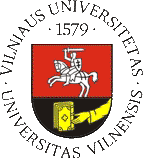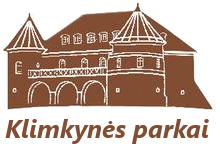Geographic Information Infrastructure – Geographic Information for everyone
Geographic Information Infrastructure... What is that?...
Well, the Global Spatial Data Infrastructure Association (GSDI) defines GII as: A spatial data infrastructure that supports ready access to geographic information. This is achieved through the co-ordinated actions of nations and organizations that promote awareness and implementation of complementary policies, common standards, and effective mechanisms for the development and availability of interoperable digital geographic data and technologies to support decision making at all scales for multiple purposes. These actions encompass the policies, organizational remits, data, technologies, standards, delivery mechanisms, and financial and human resources necessary to ensure that those working at the (national) and regional scale are not impeded in meeting their objectives.
In other words, a Geographic Information Infrastructure (GII, also known as a Spatial Data Infrastructure or SDI) is a formal system to share spatial data amongst a broad range of users. In a GII, the collected data are regarded as infrastructure in the same way that a highway might be regarded as infrastructure. Both take large amounts of money to build, and both enable a nation to do things that would not otherwise be possible. In their complete state, they are national assets, but they are assets that must be maintained in order to retain their value. If a highway is not maintained, potholes will develop and bridges will collapse, and if GII is not maintained, the utility of the data that it contains declines or is lost entirely.
So, in our workshop we are going to discuss and understand the concepts of Geographic Information Infrastructures (GII) and how GII is used in different countries around the world: with examples from the workshop participants countries and the experience of Lithuania (LGII project).
That is, we are going to speak more about:
-- Geographic Information Systems and Geographic Information Infrastructures;
-- GII Culture;
-- How GII Enables Sharing;
-- Building a GII: Development of the GII Concept, Evolution and Adaptation of GIIs, Diffusion of GIIs;
-- Economic Benefits of GII;
-- GII Use Around the World (and in your countries);
-- GII in Lithuania – LGII project.
Workshop leaders:
|
Julius Budrevičius (EGEA Vilnius) |
 |
|
Marius Lukoševičius (EGEA Vilnius) |
 |






